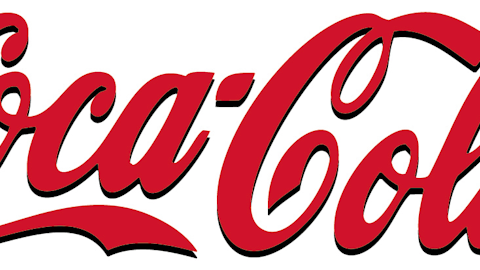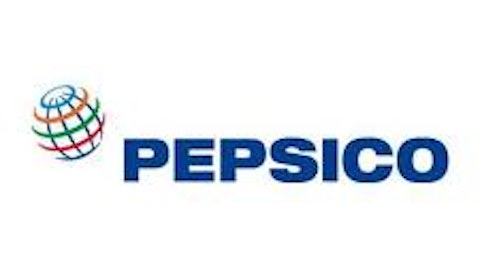
The question for investors is, has the big picture really changed?
The investment thesis
As outlined in a series of articles that chronicles each $10 move in Sodastream International Ltd (NASDAQ:SODA)’s share price over the past year as it has risen to $40, $50, $60, $70, and now back to $60 per share, the investment thesis is centered around huge growth potential. The company’s management expects to grow revenue to $1 billion by 2016. On the bottom line, analysts expect that SodaStream can continue to grow earnings by 25% per year over the next five years.
The growth drivers that can make this happen have not changed; increased penetration in the United States, expansion in emerging markets, new innovations in soda makers and unique products like SodaCaps, and the creation of new partnerships continue to be at the heart of the company’s growth plan and remain completely unchanged with one notable exception.
Since the previous article in this series, Sodastream International Ltd (NASDAQ:SODA) has further enhanced its third party partnerships with the announcement of a new partnership with Whirlpool Corporation (NYSE:WHR). Through its new relationship with Whirlpool (NYSE:WHR)’s KitchenAid brand, SodaStream has added an ally that further solidifies both the concept of home soda carbonation and the Sodastream International Ltd (NASDAQ:SODA) platform. In a “razor and blade” business model like SodaStream’s, finding ways to partner with household names like Whirlpool’s KitchenAid and avert the development of a competing platform are critical to continuing revenue growth from syrups and gas “carbonator” refills. Steve Symington recently outlined how this agreement could be SodaStream’s biggest deal yet.
The noise regarding a possible acquisition and the “potential” for a “choppy” second half had no real bearing on the investment thesis for the company. Investors should always be cautioned on purchasing shares solely in anticipation of a presently unannounced acquisition.
The valuation remains attractive
Even at its 52-week high of $77.80, shares of Sodastream International Ltd (NASDAQ:SODA) were not unreasonably valued considering the company’s growth prospects. As a result of the recent decline in share price, SodaStream’s valuation looks very similar to how it did back in May, as noted below:
| Aug 23, 2012 | Feb 20, 2013 | May 10, 2013 | Jun 4, 2013 | Jul 14, 2013 | |
|---|---|---|---|---|---|
| CAPS rating (out of 5 stars) | 2 stars | 2 stars | 3 stars | 3 stars | 3 stars |
| Share price | $39.00 | $49.10 | $58.79 | $70.35 | $59.51 |
| Market capitalization (in millions) | $791 | $1,000 | $1,218 | $1,431 | $1,233 |
| TTM revenues (in millions) | $345 | $436 | $466 | $466 | $466 |
| TTM price to sales ratio | 2.28 | 2.29 | 2.61 | 3.06 | 2.77 |
| TTM operating margin | 10.40% | 10.10% | 10.20% | 10.20% | 10.20% |
| TTM price to earnings ratio | 23.74 | 22.80 | 26.58 | 32.27 | 27.30 |
| Forward price to earnings ratio | 13.88 | 18.81 | 18.37 | 21.85 | 18.25 |
| PEG ratio (per Yahoo! Finance) | 0.79 | 0.75 | 0.90 | 1.12 | 0.89 |
| Cash on balance sheet (in millions) | $57 | $63 | $50 | $50 | $50 |
| Debt on balance sheet (in millions) | $0 | $0 | $8 | $8 | $8 |
With no negative changes to the big picture for Sodastream International Ltd (NASDAQ:SODA), this improved valuation presents an excellent value point to acquire shares. It is a bit confusing and short-sighted that Oppenheimer would use valuation as a reason for a downgrade of a company with a PEG below 1.



